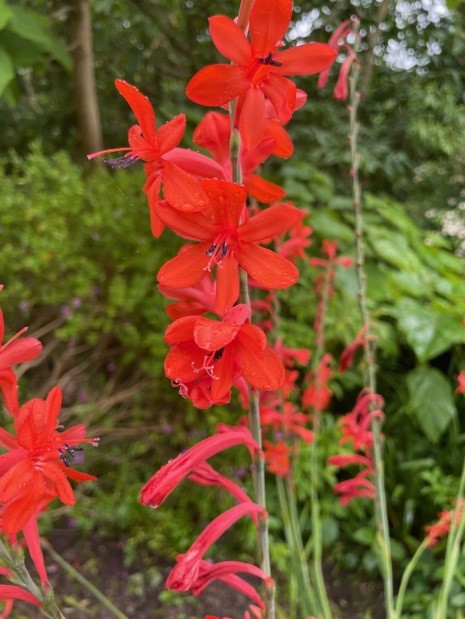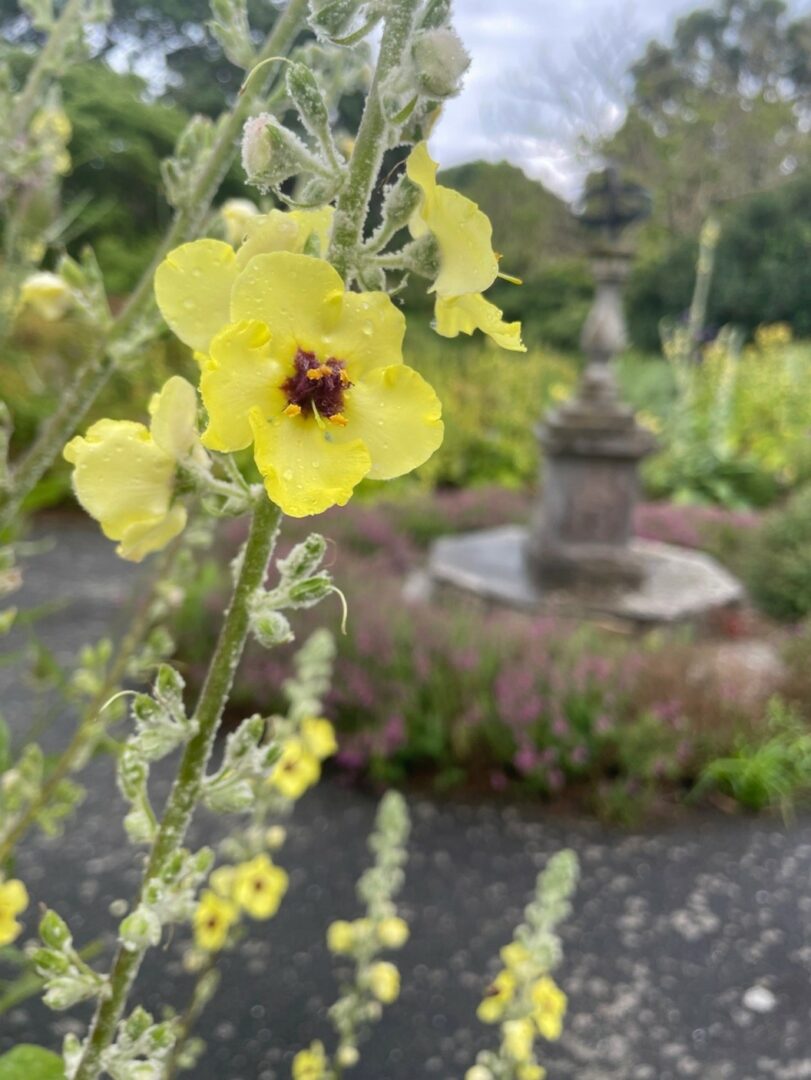
What’s Flowering
This July there are some curiosities to be found for those with a keen eye.
Tel: 01983 855397 | Ventnor Botanic Garden Community Company C.I.C | Company Number: 07976468 | Registered Address: Undercliff Drive, Ventnor, Isle of Wight, PO38 1UL








